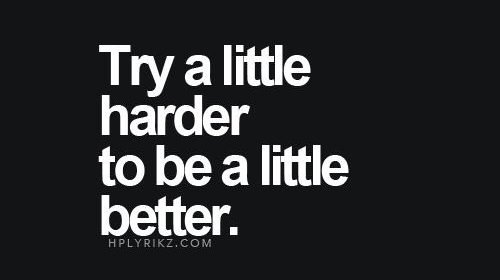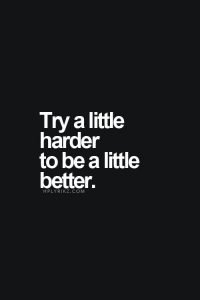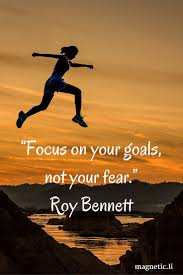What Is Your Motivation?
 If your motivation to come to put on your workout clothes or bypass that Danish and grab a tangerine instead has started to slip to the wayside, you’re not alone. As a trainer, I hear this all the time from clients. Getting fit isn’t hard, but it isn’t easy either. It does require hard work at the gym on a consistent basis and let’s face it, sometimes you just would rather chill or follow your cravings for something super sweet. Keeping your motivation high so you can stick to the plan should be at the top of your priority list. Here’s a few things that might help.
If your motivation to come to put on your workout clothes or bypass that Danish and grab a tangerine instead has started to slip to the wayside, you’re not alone. As a trainer, I hear this all the time from clients. Getting fit isn’t hard, but it isn’t easy either. It does require hard work at the gym on a consistent basis and let’s face it, sometimes you just would rather chill or follow your cravings for something super sweet. Keeping your motivation high so you can stick to the plan should be at the top of your priority list. Here’s a few things that might help.
Make it fun, so you’ll look forward to your next workout.
Making it fun is one way to change your perspective and change your mind about working out. You don’t have to stick with the same mundane workout, you can do things that are active, but fun. Go out for a night of dancing, but make sure you take a friend so you can dance every fast dance. If you don’t feel like going out, turn on some music and boogie down in the living room. If you have kids, let them join in, they’ll love it. Get a hula hoop or shoot some hoops. You’ll boost your energy and boost your motivation to the sky.
Make sure you put your workout in your schedule and keep a regular workout time.
Putting your workout time on your schedule makes it a higher priority item, not one you’ll get around to when you have a few extra minutes. Whether you use an app for your smartphone, your computer or go old school with a daily planner, creating a block of time for your workout that’s consistent should be a reoccurring high priority item that is always at the same time each day or every other day. That way, you’ll go on auto pilot and feel like something’s missing if you don’t go.
Find a friend who also shares your goals.
Getting a workout buddy isn’t always easy, especially if you’re new to the area or have a limited social life because you work all the time. Why not try some group classes? Group sessions with a personal trainer not only give you all the benefits of private sessions at a far lower price, it also puts you in contact with other like minded individuals. You’ll form bonds with these groups and often find people you’ll connect with immediately. When you workout with a friend, they miss you when you don’t show up, making you more accountable.
- Write out your goals, make them measurable with a deadline. The clearer you are, the easier it is to follow and also know when you’ve reached a goal so you can celebrate.
- Do something fun or funky to reward or punish yourself for not working out. Treat yourself to a favorite video when you go to the gym or without social media time (or other treat) if you don’t workout.
- Focus on how great you’ll look in your new outfit and even how you’ll rub your great new look in the face of your most unfavorite nemesis. Rather than stewing over past insults, making yourself better is the best revenge.
- Take it day-by-day and step-by-step until it becomes a habit. Vow just to change into workout clothes or go to the gym. Once you get there or get dressed, starting a workout is easy.

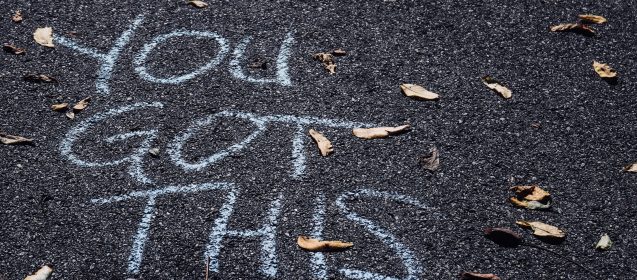
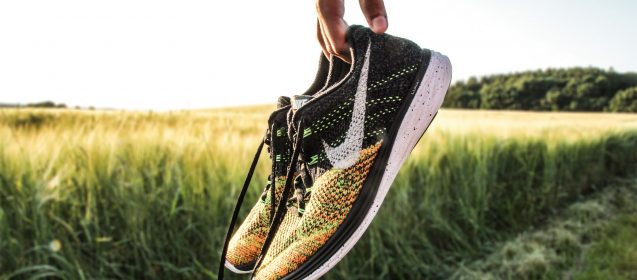
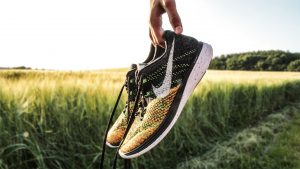 Sure, all you need to workout is a plan, comfortable clothes and good shoes, but all the bells and whistles can make it more fun, more effective or more efficient. Here’s some of the latest new fitness gear you can’t live without, or at least ones that will motivate you more to stay focused and achieve your goals. There are innovations in fitness continually occurring, beyond the latest new styles in clothes. You might consider making one of these innovations a special treat for yourself when you reach a fitness goal. It just makes it more fun and can be super motivating.
Sure, all you need to workout is a plan, comfortable clothes and good shoes, but all the bells and whistles can make it more fun, more effective or more efficient. Here’s some of the latest new fitness gear you can’t live without, or at least ones that will motivate you more to stay focused and achieve your goals. There are innovations in fitness continually occurring, beyond the latest new styles in clothes. You might consider making one of these innovations a special treat for yourself when you reach a fitness goal. It just makes it more fun and can be super motivating.











